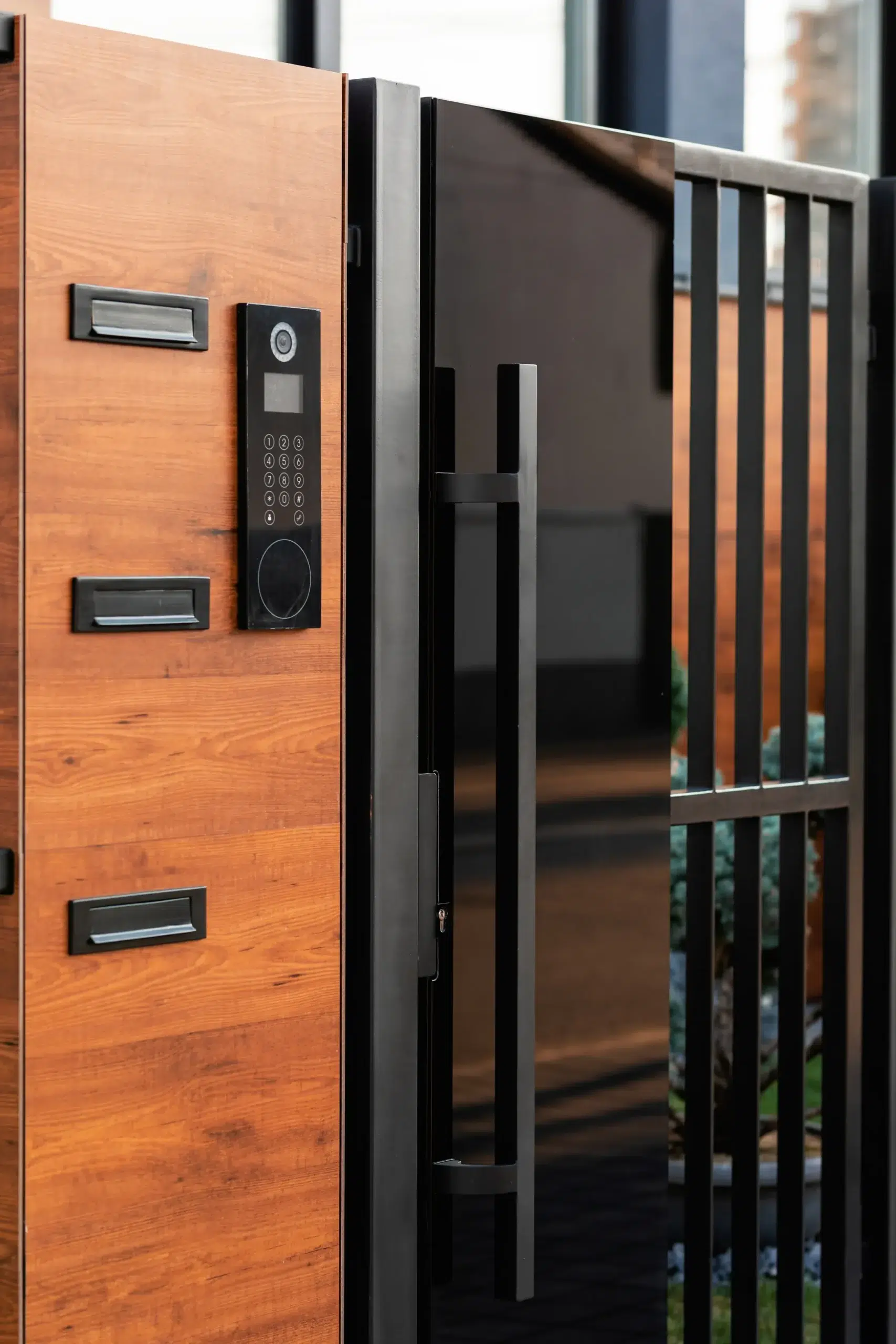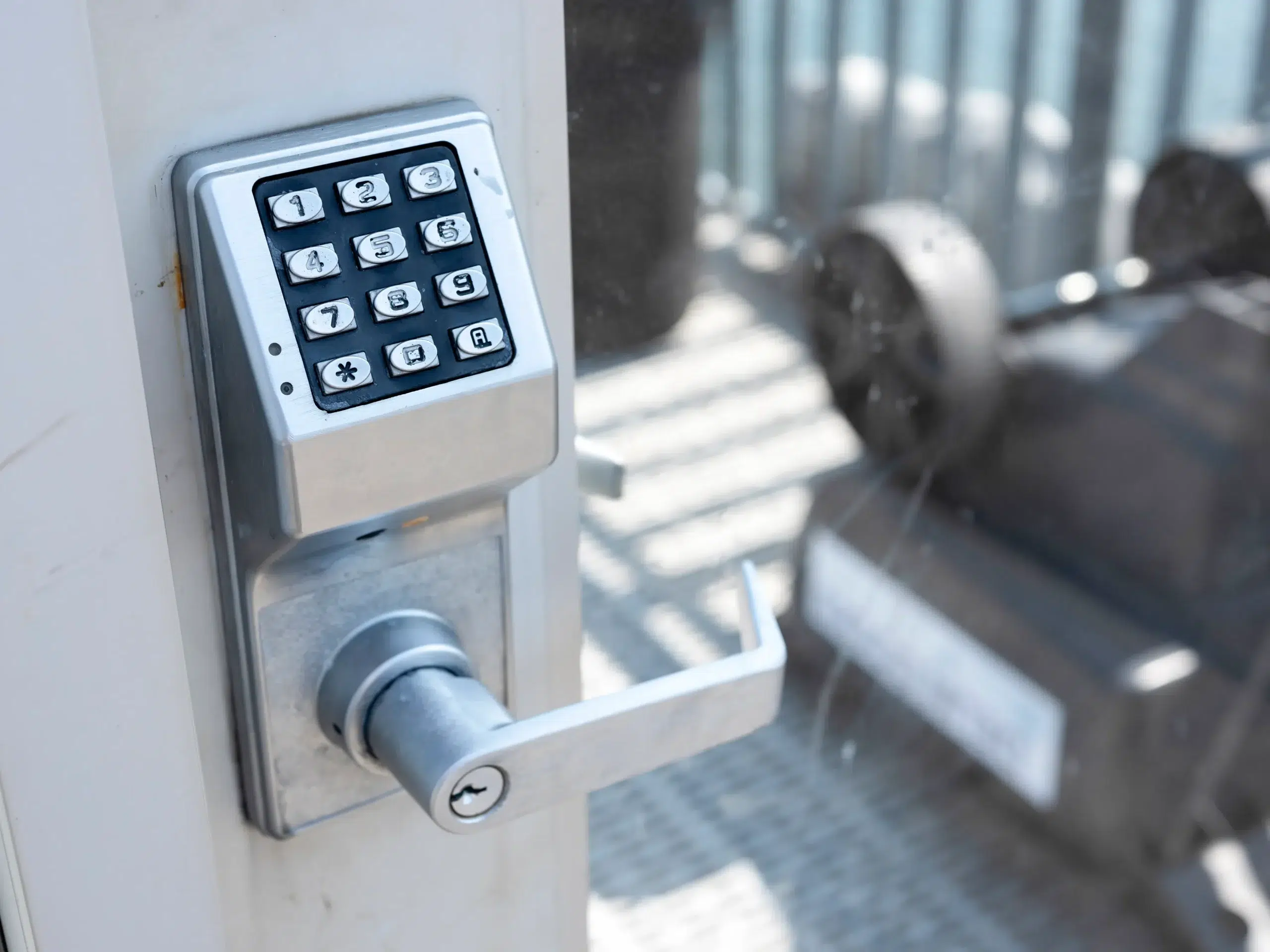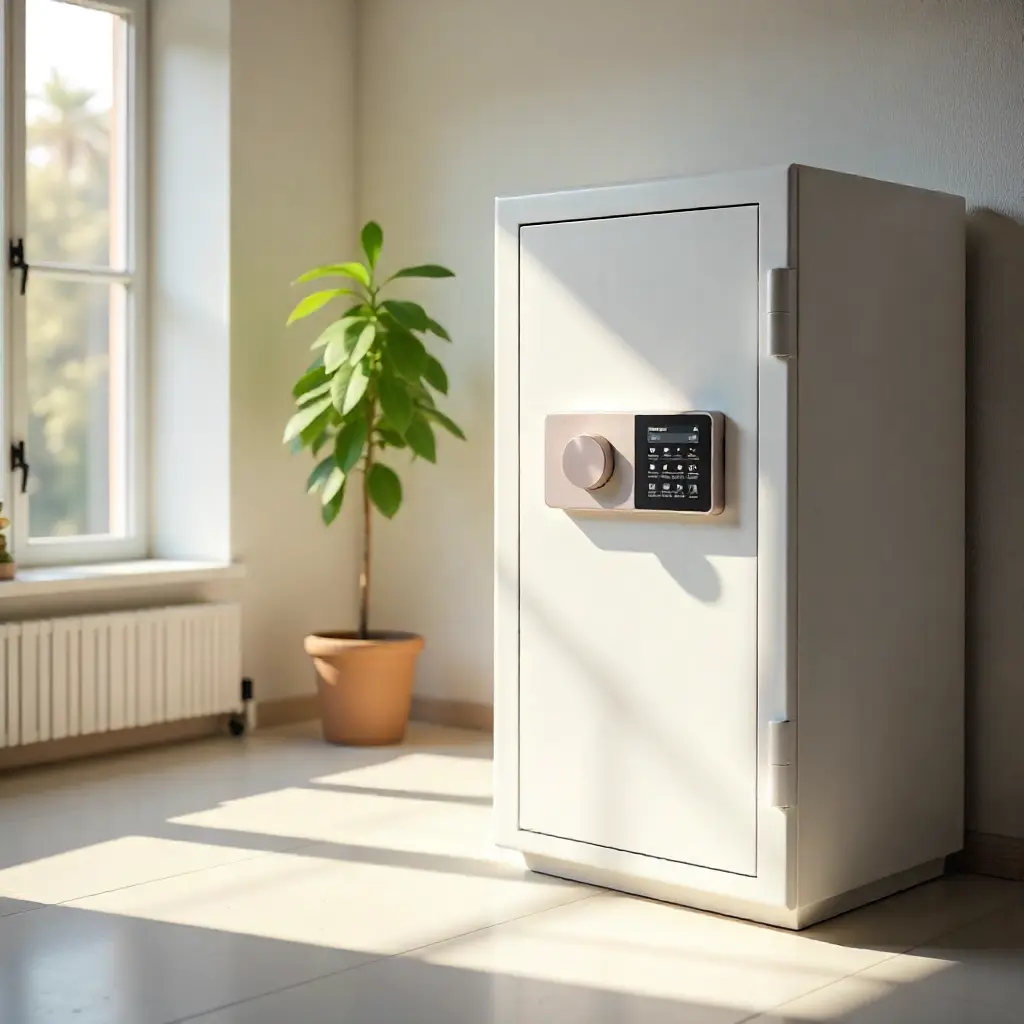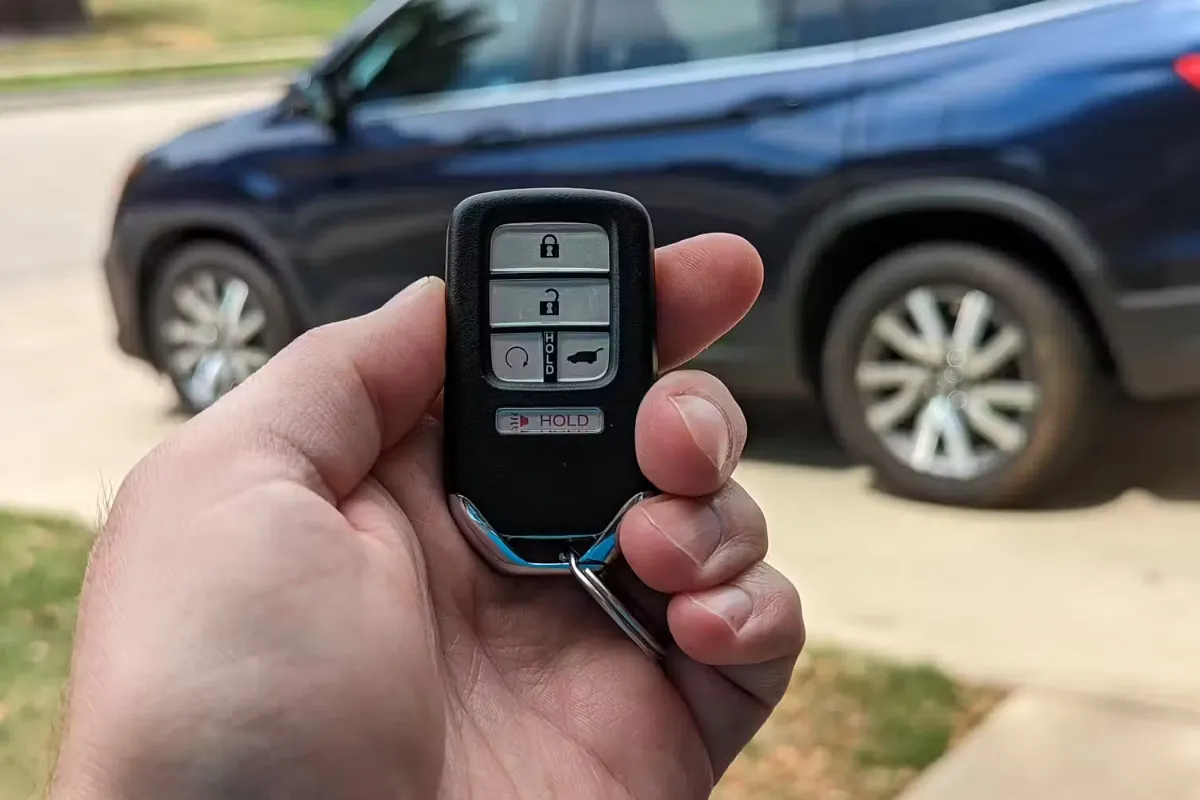Door Lock Repairs: How To Fix Door Lock Problems ASAP
Ever wondered how professionals get into those high-tech security systems when you’re stuck outside? Today, we’re diving into the fascinating world of smart locker locks and how security professionals can access them when needed. Whether you’ve forgotten your code or lost your access card, understanding these techniques might save you time and money down the road.
EXCELLENTTrustindex verifies that the original source of the review is Google. Amazing service from John. He did everything in 5 minutes. I will keep in touch for more of his service. Definitely recommend!Trustindex verifies that the original source of the review is Google. Quick and efficient. Friendly staff. Can be there in emergencies.Trustindex verifies that the original source of the review is Google. This was a refreshingly good experience! John promptly responded to my early morning call about my keypad lock not working. He came within 20 minutes, offered alternate ways to try to get the lock open and eventually got it open. We had to purchase a new lock, I called John again for the installation, and he arrived at the stated time and installed our new lock quickly, efficiently, and without mess!!!!! A very knowledgeable and polite person. Highly recommend this locksmith.Trustindex verifies that the original source of the review is Google. John was the nicest, professional and efficient. Came right away was a great help:)Trustindex verifies that the original source of the review is Google. Spoke to John on the phone and he was at my place in less than 15mins. He fixed the issue with my car in less 5 mins at a very reasonable price. He’s very fast and efficient. I recommend him anytime, anyday. Keep up the good work 👍Trustindex verifies that the original source of the review is Google. John was incredibly helpful and handy in getting me into my apartment. He was very skillful and compassionate and opened the lock within 5 minutes. Highly recommend.Trustindex verifies that the original source of the review is Google. Great customer service. Very quick, very helpful and very nice!Trustindex verifies that the original source of the review is Google. Showed up on time, quick, clean and efficient work and reasonable price.Trustindex verifies that the original source of the review is Google. John was knowledgeable and pleasant to deal with! I was stuck in a plaza with a 2 year old and called 3 other companies including CAA they all gave me a very long window to wait. So glad I called 770, John was there within the hour and I was very gratefulVerified by TrustindexTrustindex verified badge is the Universal Symbol of Trust. Only the greatest companies can get the verified badge who has a review score above 4.5, based on customer reviews over the past 12 months. Read more
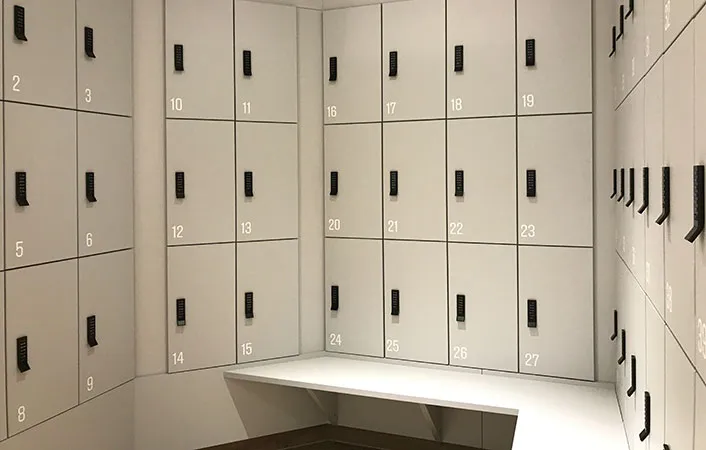
Types of Smart Locker Locks and Locking Mechanisms Locksmiths Open
Modern secure storage units come with various advanced mechanisms that offer convenience and enhanced protection. The most common smart locker locks include electronic keypads, RFID card readers, Bluetooth-enabled devices, and biometric scanners.
Each system has unique security features and potential vulnerabilities. For example, electronic keypad systems rely on numeric combinations, while RFID technology uses electromagnetic fields to identify and track tags attached to cards. Bluetooth systems connect to your smartphone, and biometric options scan fingerprints or retinas.
Professional security technicians train extensively to understand how these different mechanisms function. This knowledge allows them to develop methods for legitimate access when original entry methods fail.
Keypad Systems: How Locksmiths Access Smart Locker Locks
When facing a keypad-protected storage unit, security professionals use several non-destructive approaches. First, they might try default factory codes that owners often forget to change. These commonly include combinations like “1234,” “0000,” or the last four digits of the facility’s phone number.
If default codes don’t work, technicians may use specialized diagnostic tools that can identify potential combinations based on wear patterns on the keypad. This technique works because frequently pressed buttons show more wear than others, narrowing down possible combinations.
In some cases, they can connect directly to the control board using specialized cables and equipment. This allows them to reset the system or download access logs to identify working credentials. Smart locker locks with keypads are among the most common systems that professionals encounter.
Bypassing RFID and Code Authentication Systems
RFID systems present unique challenges for security professionals. When legitimate access is needed, technicians might use:
- RFID cloning devices to duplicate authorized credentials
- Electronic pick tools designed for specific brands
- Override keys that manufacturers build into systems for emergencies
- Control board access through maintenance panels
- Power interruption techniques that trigger fail-safe mechanisms
These methods require specialized equipment and extensive knowledge of specific brands and models. Most importantly, legitimate professionals only use these techniques when proper authorization is verified. The security of smart locker locks depends on both technology and proper installation.
Smart Locker Technology in Gym Locker Security
Fitness facilities increasingly install electronic security systems for member convenience. These systems typically allow temporary access using membership cards or mobile apps, eliminating the need for personal padlocks.
When members get stuck outside, facility managers call security technicians who understand these specialized systems. The technician might connect to the facility’s central management software rather than trying to bypass individual units. This approach is faster and prevents damage to expensive equipment.
Many gym systems also include master override functions that allow staff to assist members who forget their credentials. Smart locker locks in gym environments need to balance security with ease of use for members and staff alike.
The Future of Smart Locker Solutions and Security
Security technology continues advancing rapidly, with new innovations appearing regularly. Upcoming trends include cloud-connected systems that allow remote monitoring and management, artificial intelligence that learns usage patterns to detect suspicious activities, and improved biometric options beyond fingerprints.
As these systems become more sophisticated, security professionals constantly update their knowledge and tools. The relationship between manufacturers and legitimate technicians remains important – companies often provide special training and equipment to certified professionals.
For users, the best approach is prevention through proper credential management. Keep backup access methods, maintain current contact information with facility managers, and consider using password management tools for digital credentials. Smart locker locks will continue to evolve, offering better security and convenience in the future.
When you do need professional help, always verify credentials and ask for identification before allowing anyone to work on your security systems.
FAQ
What is a smart locker system?
A smart locker system combines traditional storage compartments with digital technology for enhanced security and convenience. These systems typically feature electronic ones operated via keypads, RFID cards, mobile apps, or biometrics. They’re popular in workplaces, gyms, retail pickup points, and universities where secure, accessible storage with monitoring capabilities is essential.
Is a smart locker lock a good idea?
Smart locker locks offer significant advantages over traditional systems. They eliminate key management headaches, provide access logs to track usage, and allow remote management. For businesses and facilities managing multiple users, they’re incredibly efficient. However, they do require power sources and may have higher upfront costs than mechanical alternatives.
Which lock is best for lockers?
The best locker lock depends on your specific needs. For high-security environments, biometric smart locker locks provide excellent protection. RFID systems work well for corporate settings with existing ID cards. Keypads are budget-friendly and user-friendly. Consider factors like user volume, security requirements, and whether you need usage analytics when choosing.



